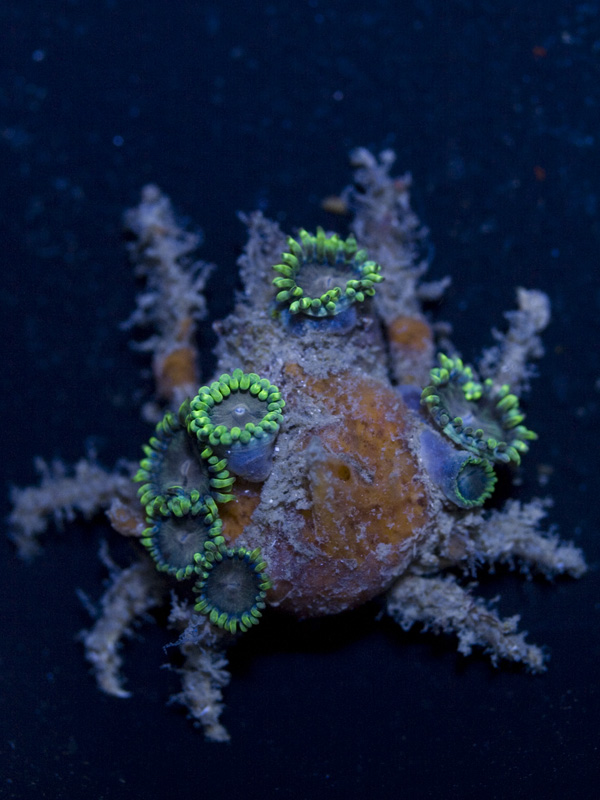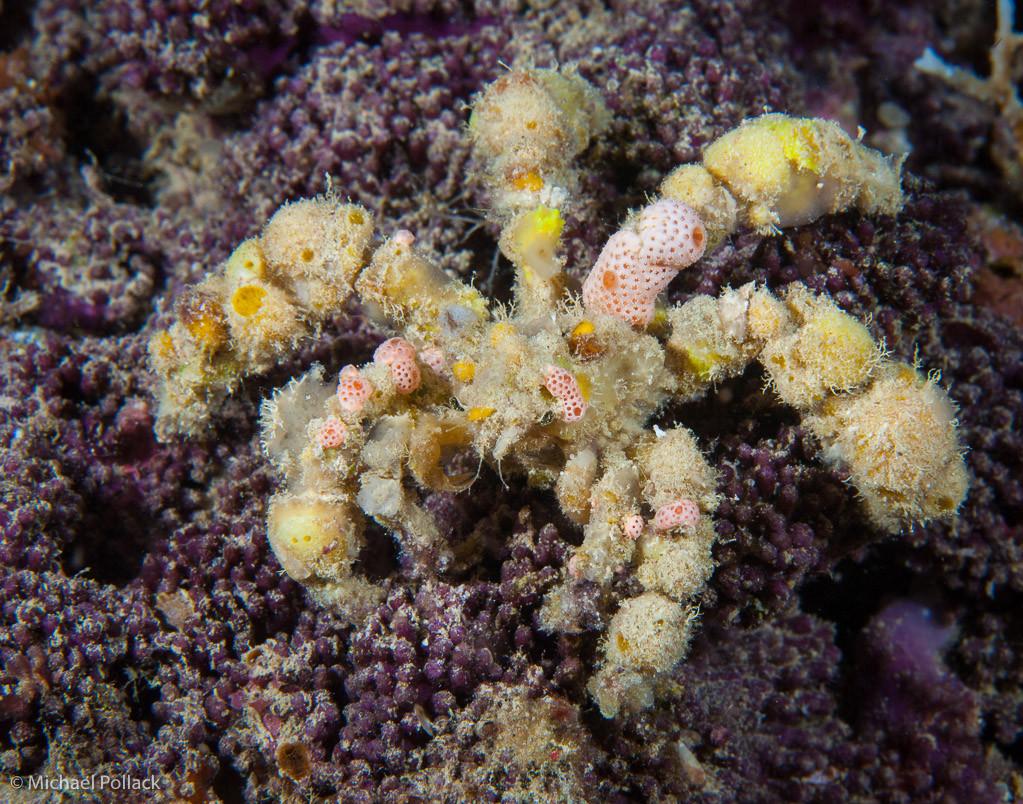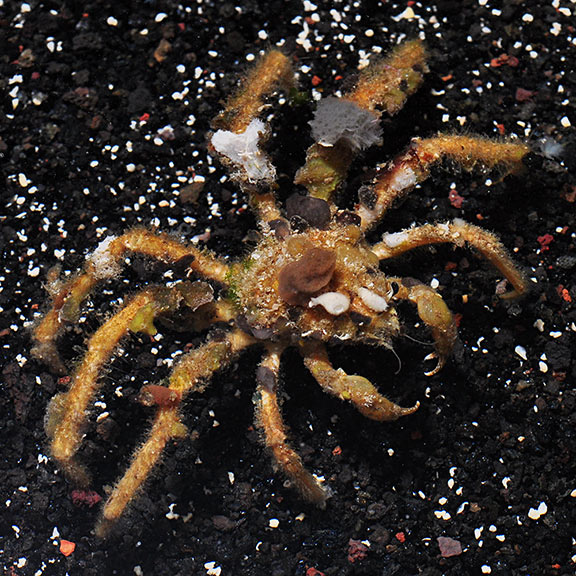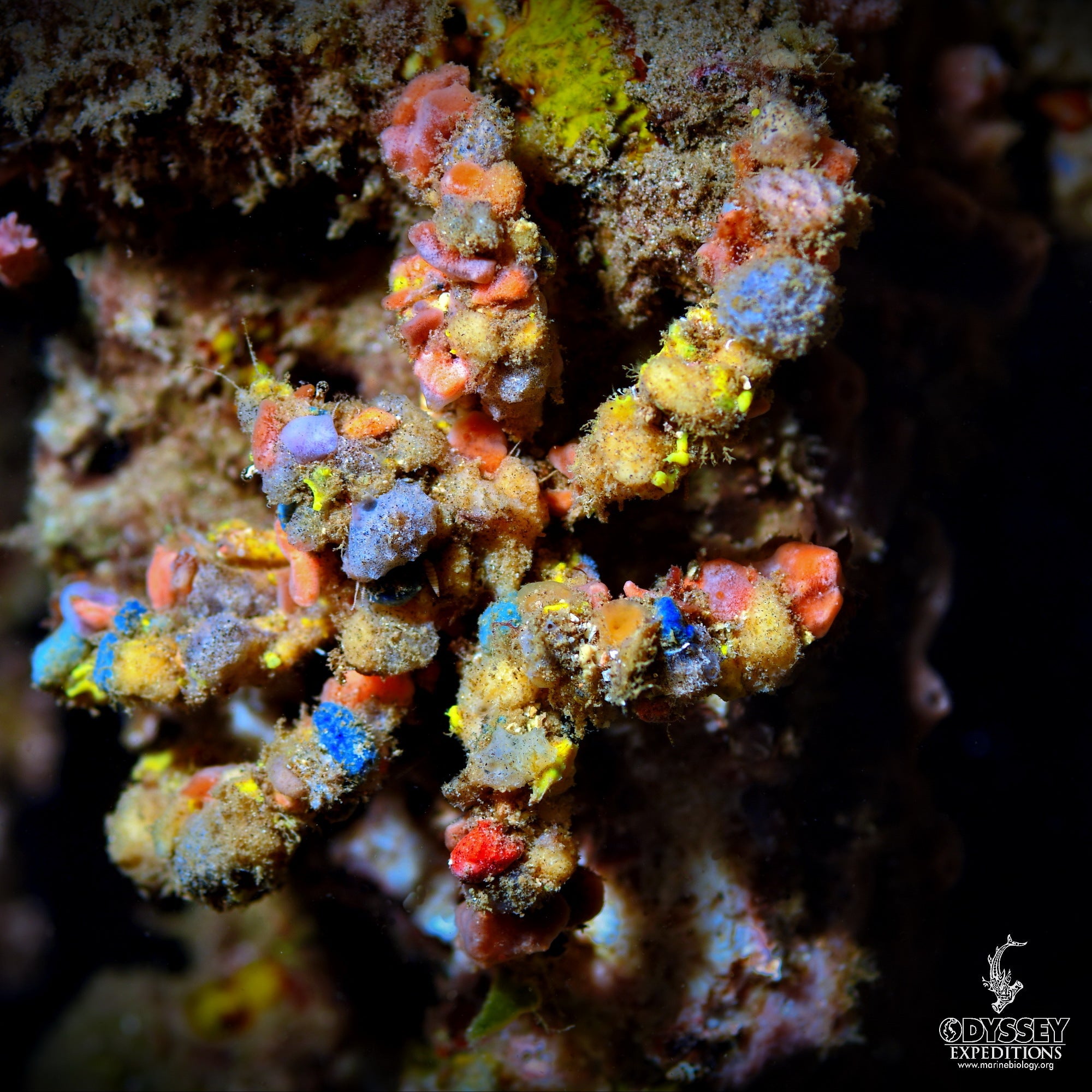Introduction to Decorator Crabs
Decorator crabs are fascinating creatures that not only add beauty to any marine aquarium but also play a vital role in reef ecosystems. As an aquarium enthusiast for over a decade, I have had the pleasure of housing these incredible crabs, and in this article, I aim to share my knowledge and experiences with you. You’ll discover how these crabs can be a great addition to your reef tank and why they are considered reef-safe.
What Makes Decorator Crabs Unique?
Decorator crabs are known for their unique abilities to camouflage themselves using marine debris, algae, and other materials. This behavior not only protects them from predators but also makes them a captivating species to observe.
The Science Behind Their Camouflage
Decorator crabs use their environment to their advantage. By attaching bits of coral, shells, and even living organisms to their shells, they blend seamlessly into their surroundings. This section dives deeper into the biology behind their camouflage.
The Role of Deception in Survival
Camouflage is essential for decorator crabs as it helps them evade predators. Their ability to adapt and blend in showcases nature’s ingenuity and the survival strategies of marine life.
Are Decorator Crabs Reef Safe?
One of the most common questions I receive about decorator crabs is whether they are reef-safe. The good news is that they are generally considered safe for reef tanks.

Understanding Reef Safety
What Does Reef Safe Mean?
Reef-safe animals are those that do not harm coral or other essential inhabitants in a reef ecosystem. Decorator crabs typically feed on detritus and algae, making them safe companions in a marine tank.
How to Ensure Your Decorator Crabs Stay Reef Safe
Even though decorator crabs are reef-safe, there are a few considerations to keep in mind to ensure they thrive alongside other marine life:
- Provide a varied diet that mimics their natural feeding habits.
- Avoid housing them with overly aggressive tank mates.
- Monitor their behavior to prevent any potential threat to corals.

Pros and Cons of Keeping Decorator Crabs
| Pros | Cons |
|---|---|
| Unique appearance enhances tank aesthetics. | Could be territorial with similar species. |
| Plays a role in controlling algae growth. | Requires a sufficient amount of hiding spots. |
| Generally peaceful with most reef inhabitants. | Needs specific tank conditions to thrive. |
Setting Up the Ideal Habitat for Decorator Crabs
A successful aquarium setup is crucial for the health and happiness of your decorator crabs. Here’s how to create an ideal environment:

Tank Size and Requirements
Decorator crabs thrive in well-established tanks, ideally 20 gallons or more. They require plenty of hiding spots made from rocks, coral, or other decorations where they can attach themselves.
Water Conditions
Maintaining stable water conditions is essential. A temperature range of 75-82°F, pH of 8.1-8.4, and salinity of 1.020-1.025 are ideal for decorator crabs.

Feeding Your Decorator Crab
Understanding Their Diet
Decorator crabs are omnivores that primarily feed on algae, detritus, and small invertebrates. Offering a balanced diet is key to their health.
Recommended Foods
- Spirulina flakes
- Marine pellets
- Freshly chopped seafood
- Blanched vegetables (like zucchini and spinach)

Common Issues and Solutions
Stress and Health Problems
Like many marine species, decorator crabs can experience stress. Signs of stress include abnormal behavior, loss of color, or lack of appetite. Here’s how to address these issues:
Signs of Stress
- Hiding consistently
- Lethargy
- Refusal to eat

Solutions
To alleviate stress, ensure that the tank environment is suitable and free from disruptive tank mates.
Personal Experiences with Decorator Crabs
Throughout my years of keeping an aquarium, my experience with decorator crabs has been delightful. They added an extra layer of life and color to my tank. Each crab had its unique personality, with some being more adventurous than others. I highly recommend these crabs to fellow aquarium lovers, as they contribute positively to the biodiversity of the tank.
Frequently Asked Questions (FAQs)
Are decorator crabs aggressive?
No, decorator crabs are generally peaceful but can be territorial if housed with similar species.
What size tank do I need for a decorator crab?
A 20-gallon tank or larger is recommended to ensure proper space and habitat.
How often should I feed my decorator crab?
Feed your decorator crab 2-3 times a week with a balanced diet to ensure optimal health.
Can I keep a decorator crab with other reef-safe fish?
Yes, decorator crabs can live harmoniously with many reef-safe fish. Just ensure that tank mates are not overly aggressive.